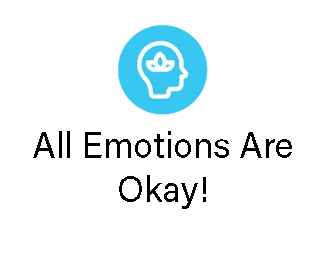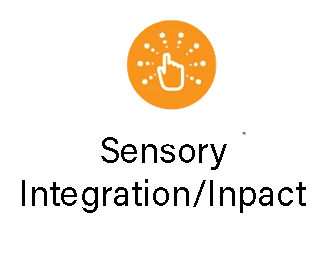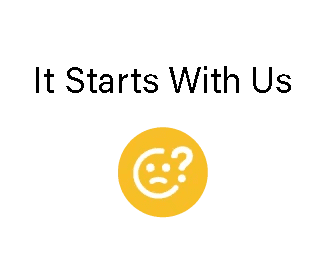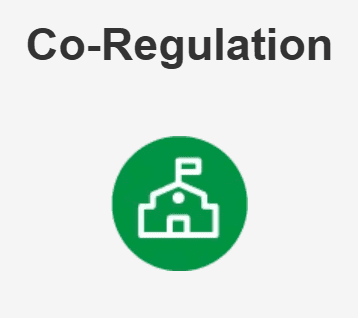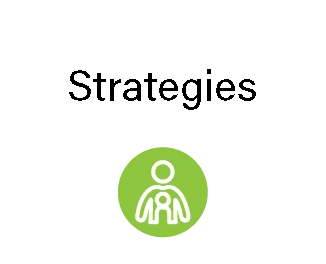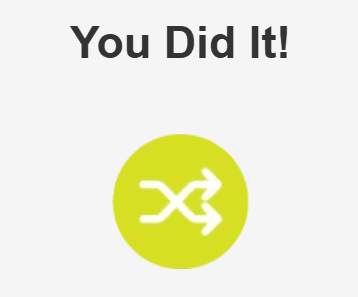
Self-regulation needs to be modeled, observed, taught, and practiced. Co-regulation is the first step in teaching your child how to regulate themselves. “Many people assume that discipline is the best way to help children behave better. But co-regulation is the key to developing self-regulation, which results in better behaviors as the natural end product.” - Mona Delahooke
What is Co-Regulation?
It’s not what we do, it's how we are. - Anna Seewald, authenticparenting.com
Co-regulation is when a parent helps to meet their child's needs, both emotionally and physically, for the child to understand and regulate their own emotions. When your child begins to have a meltdown or is already struggling, it is our job to share our calm instead of joining their chaos. Co-regulation grows a deep connection that helps your children “freely, even enthusiastically, cooperate when they believe we are on their side” (Dr. Laura Markham, Peaceful Parenting, Happy Kids). The loving interaction from an adult provides the support, guidance, and modeling children need to grow and learn.
How to Co-Regulate?
- First, regulate and calm yourself.
Please see the visual for “Six Mantras for Regulating Yourself” in the “It Starts with Us” section
- Communicate comfort with words, tone of voice, facial expressions, body language, and being at or below their eye level. Give a loving and/or empathetic touch, showing you are there and that you care.
Each child is different, and some may not want to be touched when dysregulated. Follow your child’s lead.
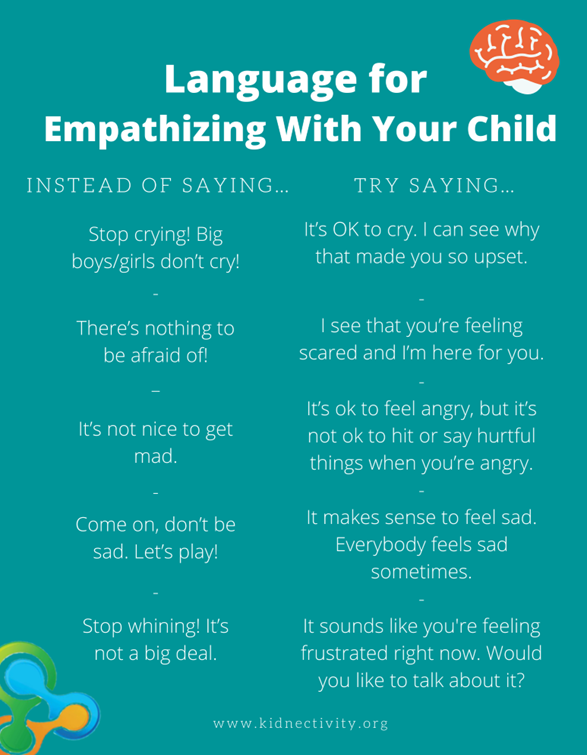
- When the child is ready, validate and reflect on how your child is feeling.
The focus here is on connecting with your child and helping them by empathizing and validating their feelings so that they feel heard and seen. It shows that you understand what they are feeling without trying to talk them out of, dismiss, or shame them for it.
- Once the child is feeling connected, back to a regulated state and no longer overwhelmed with emotions, we have the opportunity to reflect on what happened.
Use this opportunity to help your child understand that they were overwhelmed by their emotions and not to “teach a lesson” or lecture about what the child did wrong. Briefly talk about what occurred and, if able, help your child form a story about the situation, including what initially upset them.
- From here, we can problem-solve with our child on strategies we can use next time they are having big emotions.
Work together to brainstorm strategies and tools for managing overwhelming emotions that occur in the future. Problem-solving together is empowering for the child. Ask questions such as, “What could you do instead of…?” or “How can I help you next time?” The goal is to help your child learn from the experience and give them tools to express their emotions safely.




